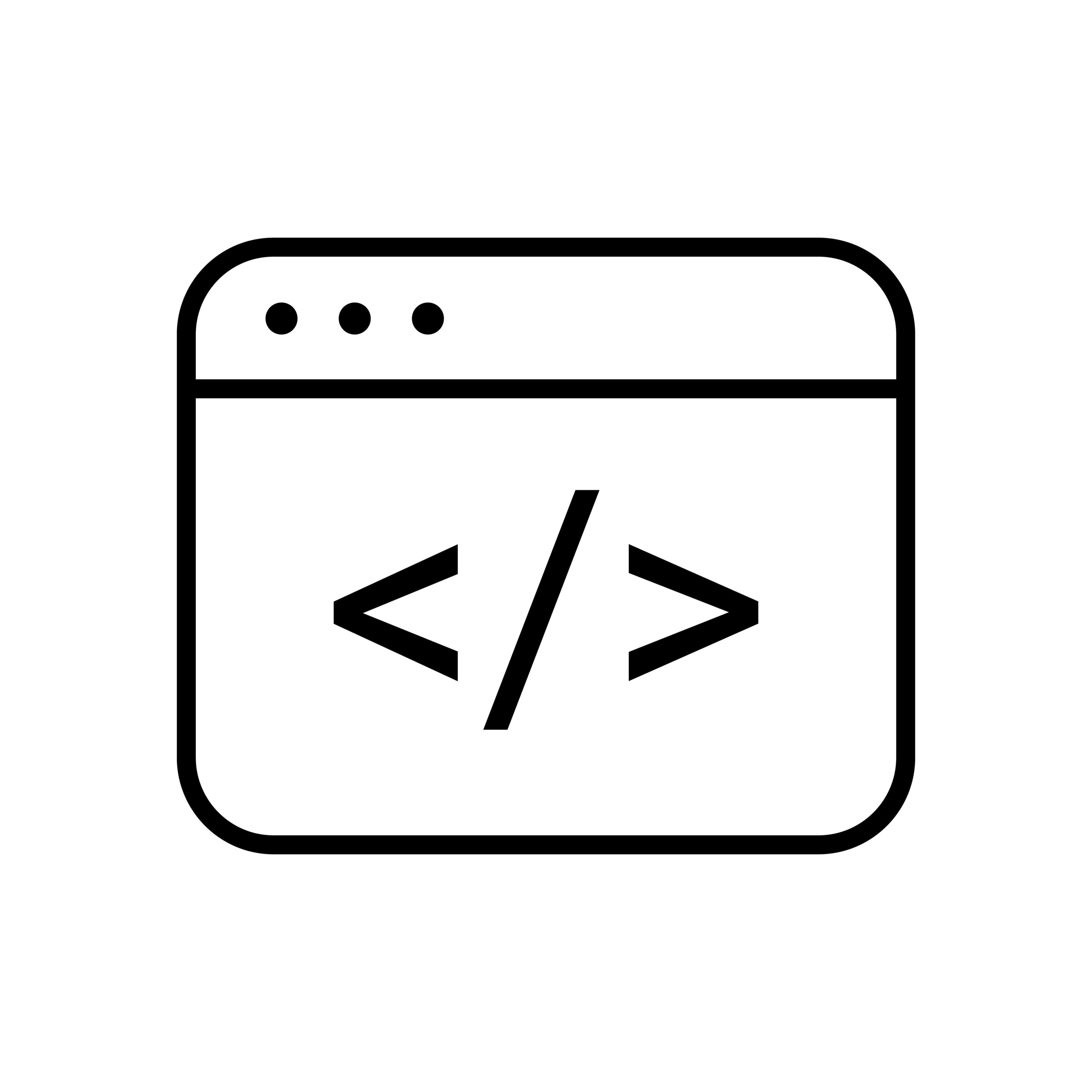Everyone is a Stock Photographer
Today Techcrunch writes up the iPhone app by Swedish developers Foap. Foap’s photo-selling marketplace offers another example of how technology can enable successive waves of disruption. Today photographic technology is within everyone’s grasp, and almost everyone’s pocket. Foap aims to use that fact to build a new, iPhone-driven online market for photographic images.
While highly skilled photographers will continue to create stunning photographs beyond the average user’s ability, much of the need for commercial photography does not demand award-winning imagery. Great artistic inspiration is not required to produce those familiar stock photos of “Smiling Multiethnic Group of Professionals” and “Confident Tech Guy Standing at Server Rack.” The result is that over time, stock photography providers offering fixed-fee downloadable images like Getty and iStockphoto have eliminated need for a specific purpose photographer in many cases.
 These companies proved to be the first wave of disruptors in the commercial imagery-producing industry, and Foap may be the next, if crowd-sourced stock imagery ultimately undercuts the conventional market for commercial photographs.
These companies proved to be the first wave of disruptors in the commercial imagery-producing industry, and Foap may be the next, if crowd-sourced stock imagery ultimately undercuts the conventional market for commercial photographs.
One of the threats to this model is that the platform may be subjected to liability for users’ imagery. Perhaps a photograph is believed to infringe copyright, contain a trademarked silhouette of a tree-shaped car freshener, or is a mildly unflattering image of a minority owner of the Miami Heat. The bases for intermediary liability litigation are only bounded by the imagination. Existing online safe harbors protect against some of these risks, but litigants routinely attempt to circumvent those protections in an effort to penalize online services and platforms for users’ actions – often because the service offers a deeper pocket. We know that liability risks chase investors away from potentially disruptive business opportunities, and a case need not go to judgment to torpedo a start-up’s prospects.








